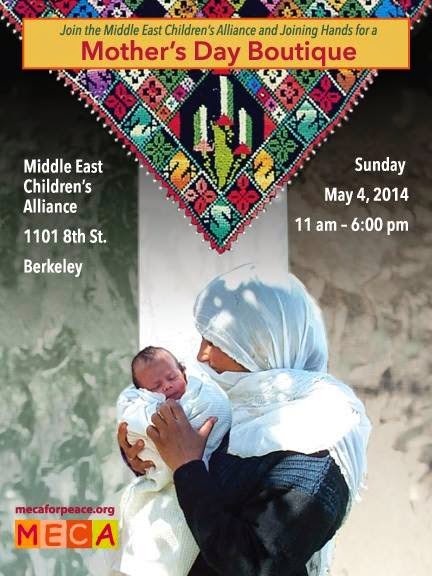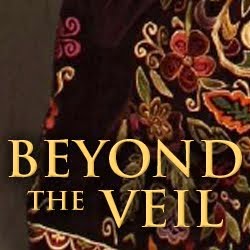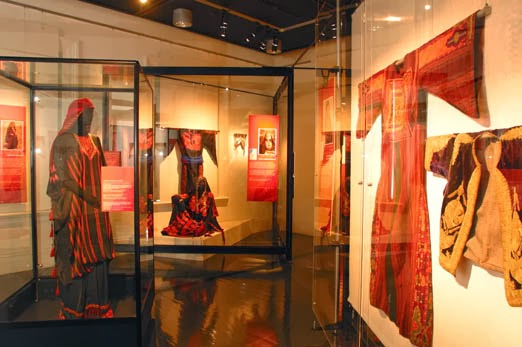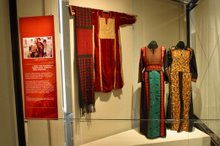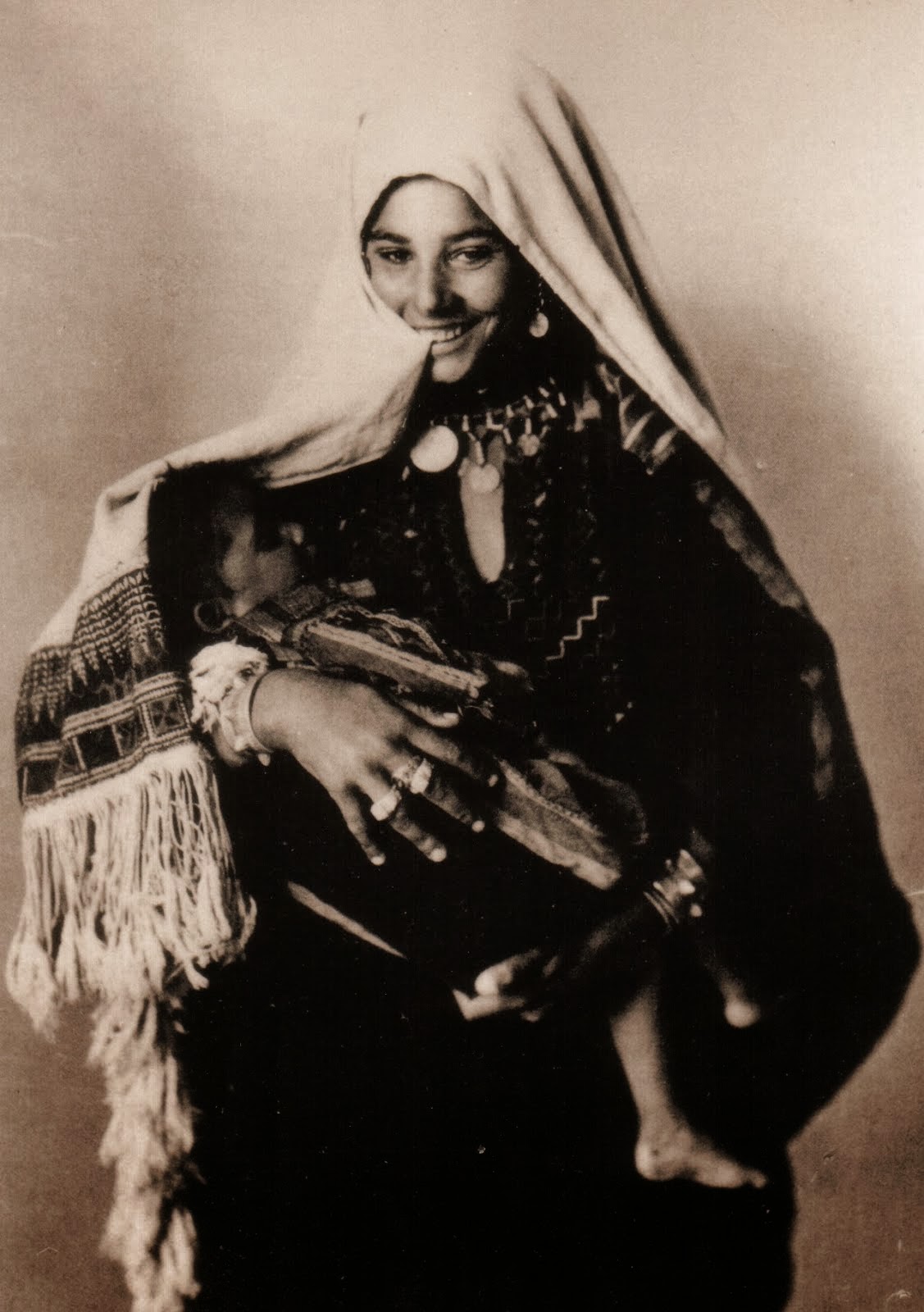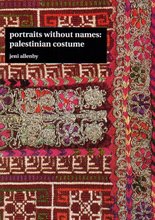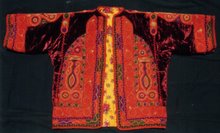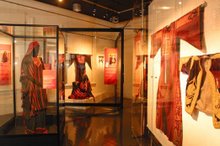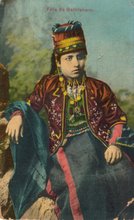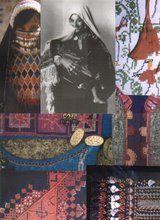Zulfiye Tufa, Reem Hakem and Toltu Tufa are part of the
My Dress, My Image, My Choice fashion show at Northcote next week.
Photo: Simon Schluter
Courtesy: The Age website: Fabric interwoven with faith
Great article by Janice Breen Burns in two Australian newspapers promoting both The Powerhouse Museum's forthcoming "Faith, Fashion, Fusion: Muslim Women's Style in Australia" exhibition and the next "My Dress, My Image, My Choice" event.
We look forward to reviewing "Faith, Fashion, Fusion: Muslim Women's Style in Australia" when it opens in early May :)
Fabric interwoven with faith
Janice Breen Burns
The Age April 28, 2012 (also The Sydney Morning Herald here)
FASHION designer Howayda ''Helena'' Moussa, 35, remembers the delicious moment two years ago when she assumed hijab, fastening a headscarf around her hair for the first time. ''It was the most amazing feeling I had in my life,'' she says. ''I suddenly felt protected and safe.'' She'd also swapped her sassy ''boob tubes and backless summer dresses'' for the long sleeves and loose silhouette of modest Islamic dress and was shocked at the immediate effect. ''If I was speaking to a man, he would look into my eyes, not at my chest,'' she says. ''He would talk to me.''
Only one drawback marred Moussa's unexpected joy. She loves fashion, ''but traditional Muslim outlets have mostly very basic things'', she says. ''Very dark things.'' Her only option was to do as fashion-loving Muslim girls and women increasingly do: harvest what she could from high-street chains and make the rest herself.
It was an ad hoc, unsatisfying compromise that evolved into a frustrating nightmare in summer when Moussa fossicked for long sleeves in a sea of singlet tops and stringy frocks. She and her sister Hanadi ''Hannah'' Chehab, 41, decided it simply wasn't good enough and vowed to offer Muslim women more fashion-friendly options.
In Sydney's Muslim heartland, Bankstown, they rented an empty shop, hung out a shingle, Integrity Boutique, and stocked it with their own hybrid Islamic-Western fashion designs. ''We even took the [long-sleeved full-length traditional Muslim tunic] abaya and made it funky,'' Chehab says, giggling. Although she chooses not to adopt the hijab herself, Chehab is sympathetic to her sister's choice and is engrossed in designing for her. ''We both love designer clothes, we love up-to-date, feminine colourful fashion and accessories so that's what we sell.'' Colours, patterns, textures, details and trims are key.
The sisters' business is one of a small but growing number of boutiques and brands, including the well-known Hijab House, established by Tarik Houchar in 2010. ''Modest fashion is one of the fashion industry's largest potential growth areas,'' says Glynis Jones, curator of Faith, Fashion, Fusion: Muslim Women's Style in Australia, a ground-breaking exhibition opening at the Powerhouse Museum in Sydney next week. ''Many Muslims born here are forging their identity without some of the cultural background that impacted on their parents' generation,'' she says. The juxtaposition of religious tradition with modern Western culture is producing its own sartorial expression. ''They're renegotiating their faith and their place in Australian society. And they're interpreting the word 'modesty' in many different ways … It's a very big choice to express your faith so visibly. It's inevitable you'll become a kind of ambassador for your faith.''
Moussa agrees. ''Behind every scarf there is a different story, a different journey,'' she says. She often tells how hers began, after the sudden death of a friend. ''I wanted to get closer to God.''
However, for Melbourne sociologist and consultant for Faith, Fashion, Fusion, Susan Carland, 32, it was a slower process that started when she was 17. ''I started to wonder why I believed what I did,'' she says. ''I was raised in a Christian family but I started looking for answers to life, the universe and everything.'' She converted to Islam and assumed hijab at 19. ''I liked the idea of a religion that encouraged questioning,'' she says.
Since then, Carland has answered thousands of questions about the religious, political and individual significance of her clothes through the regular event My Dress, My Image, My Choice. These fashion shows have run in community settings across the country for 10 years. Melbourne mother Saara Sabbagh established the event to bridge a gap that opened between Muslims and non-Muslims after the attacks on the US on September 11, 2001.
At the My Dress shows, Carland and Sabbagh answer basic questions: that the hijab scarf is worn draped to the shoulders; that modest layers mask, rather than emphasise, the figure and leave only the face, wrists and ankles exposed; and that burqas come in various forms with the most extreme, in some cultures, featuring a gauze panel over the eyes. ''Modesty'' is interpreted in different ways by Muslim men and women depending on their cultural, religious and personal criteria.
''People are fascinated, horrified and curious because there is just so much baggage associated with our clothes,'' Carland says. ''They're either a symbol of repression, or they're a personal [liberating] choice, or they're something else … We need to see Muslim women as more than this piece of fabric.''
According to Houchar, 23, who started Hijab House when his sister, then 16, adopted the hijab two years ago, the Powerhouse Museum exhibition explores a remarkable cultural shift. ''Prior to Hijab House, there was nothing,'' he says. Every morning when his joyful young sister left the house wearing traditional abaya and a drab hijab scarf, he almost wept.
Houchar's partly finished business/law university degree was pressed into entrepreneurial service and now his stores offer a vast collection of the most fashion-forward hybrid Muslim styles in Australia. Houchar is contemplating expansion overseas but, in the meantime, his goal is well and truly reached. ''My sister wears Hijab House every day now,'' he says proudly.
■My Dress, My Image, My Choice (the final, women-only dinner and fashion show after 10 years), the Regal Ballroom, Northcote, May 4, 0433 771 186.
■Faith, Fashion, Fusion: Muslim Women's Style in Australia, Powerhouse Museum, from May 5, powerhousemuseum.com


